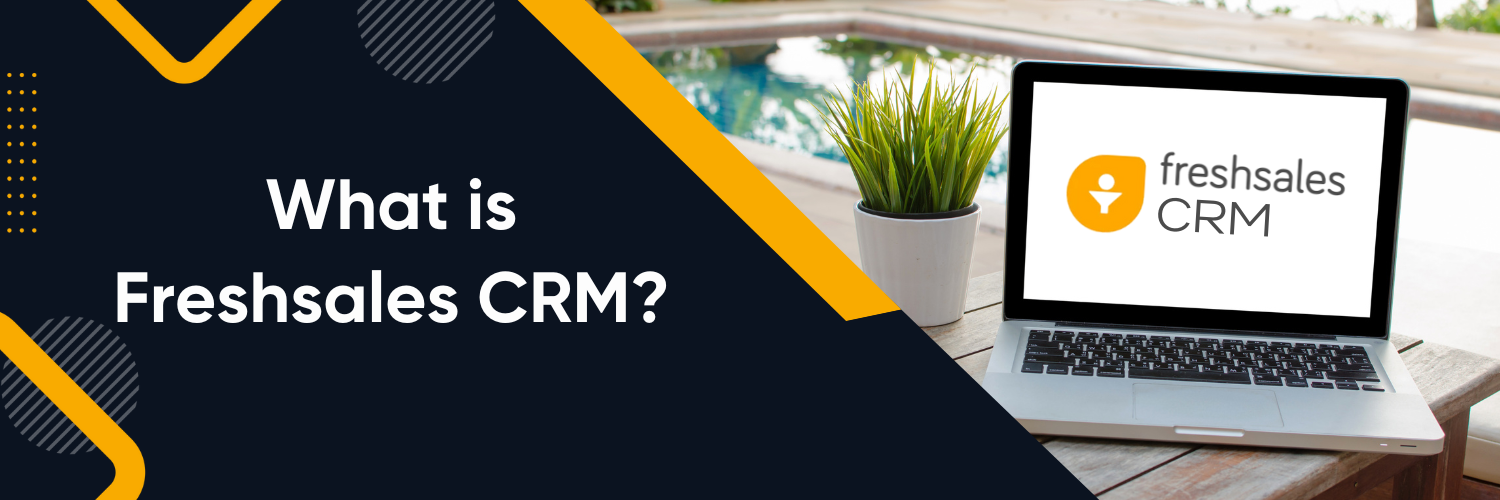You’ve likely heard about Hexomatic and its abilities, but have you ever wanted to learn how to use it for web scraping? Let’s get started.
What is Hexomatic?
Hexomatic is a user-friendly web scraping tool that streamlines the data collection process. Integrating Hexomatic into your daily tasks can significantly streamline your data extraction workflow, ensuring you consistently obtain accurate and relevant information for your projects.
Installing Hexomatic
Windows Installation
- Go to the official Hexomatic website and locate the download section.
- Find the Windows installer link and click to download the installer executable file.
- Locate the downloaded file and double-click on it to run the installer.
- Follow the on-screen instructions in the installer. You may need to choose an installation directory and agree to the terms and conditions.
- Open the command prompt and type hexomatic version. This command will display the installed version of Hexomatic if the installation was successful.
macOS Installation
- If Homebrew isn’t installed on your macOS system, visit the Homebrew website and follow the installation instructions.
- Launch Terminal, which can be found in the Applications > Utilities folder.
- Type brew install Hexomatic in the Terminal and press Enter. Homebrew will download and install Hexomatic along with any required dependencies.
- After the installation is complete, type Hexomatic –version in the Terminal to confirm that Hexomatic was installed.
Linux Installation
For Debian/Ubuntu:
- Launch the Terminal on your Linux system.
- Run the command sudo apt update to update the package repository information.
- Execute sudo apt install Hexomatic to install Hexomatic.
- To verify the installation, type Hexomatic –version.
For Red Hat/Fedora:
- Launch the Terminal on your Linux system.
- Use the command sudo yum install Hexomatic to install Hexomatic.
- Verify the installation by typing Hexomatic version.
Setting Up Your First Project
- Open and launch Hexomatic on your system.
- Click on “New Project” to begin a new scraping project.
- Give your project a descriptive name and choose a directory to save it.
- Set project configuration options such as user agents and request delays according to your scraping needs.
- Enter the URL of the website you intend to scrape.
Building Your Web Scraping Strategy
Identifying Target Data
To scrape data effectively, you need to pinpoint and grab the exact information you want from a website. With Hexomatic, you can gather loads of valuable info, setting the stage for powerful data analysis that can transform your plans and understanding.
Understanding Website Structure
Before you start scraping, take a moment to comprehend the structure of the website you’re targeting. This understanding will guide your data extraction efforts.
- Browser Developer Tools: Utilize the browser’s developer tools (right-click and “Inspect” or “Inspect Element”) to access the website’s HTML source code.
- Hierarchy of Elements: Navigate through the HTML code to comprehend the hierarchy of elements. Elements are organized in a tree-like structure with parent-child relationships.
Pinpointing Data for Extraction
Once you’ve familiarized yourself with the website’s structure, it’s time to pinpoint the exact data you want to extract.
- Text: Identify paragraphs, headings, product names, or any textual content you need.
- Images: Locate the image tags and URLs if you’re interested in images.
- Links: Note the links that lead to other pages or external resources.
- Attributes: Some data might be embedded in attributes, such as product prices in data-price attributes.
Practical Example: E-commerce Product Listings
Imagine you’re scraping an e-commerce website to gather information about products for market analysis:
- Text: Extract product names, prices, descriptions, and customer reviews.
- Images: Collect URLs to product images for visual representation.
- Links: Identify “Next Page” links to navigate through multiple pages of product listings.
Selecting the Right Tools
CSS Selectors
- Use for straightforward selections.
- Target elements based on classes, IDs, and attributes.
- Example: hexomatic.text(‘.product-title’)
XPath Expressions
- Ideal for complex selections.
- Traverses XML structure.
- Example: hexomatic.text(‘//div[@class=”article”]/h2’)
Handling Dynamic Content
- Use Hexomatic’s wait functions to ensure content is loaded.
- Employ AJAX requests to fetch dynamic data.
Writing Your Web Scraping Code
Let’s put theory into practice and write scraping code.
Navigating and Extracting Data
- Use hexomatic.goto(url) to open a page.
- Extract data using CSS selectors or XPath.
- Example: hexomatic.text(‘.product-title’)
Storing the Scraped Data
After extracting data, it’s crucial to store it properly.
- Save as CSV: hexomatic.to_csv(‘data.csv’).
- Save as JSON: hexomatic.to_json(‘data.json’).
- Store in a database using libraries like SQLite.
Dealing with Common Challenges
Web scraping comes with its fair share of challenges, from technical hurdles to ethical considerations. In this section, we’ll address some of the common challenges you might encounter during your web scraping journey and provide solutions and best practices to overcome them.
Handling Errors
No scraping process is error-free. Websites might change their structure or experience downtime. Here’s how to deal with errors:
- Use Try-Except Blocks: Wrap your scraping code in try-except blocks to catch and handle exceptions gracefully.
- Log Errors: Implement logging mechanisms to record errors, making troubleshooting easier.
- Regular Maintenance: Regularly update your scraping code to account for any changes on the website.
Anti-Scraping Mechanisms
Many websites implement anti-scraping measures to deter automated data collection. Overcoming these requires finesse:
- Rotate User Agents: Change the user agent in your requests to mimic different browsers or devices.
- IP Proxies: Utilize IP proxy services to mask your IP address and avoid IP bans.
- Respect robots.txt: Check a website’s robots.txt file to understand which areas are off-limits.
Handling CAPTCHAs
CAPTCHAs are designed to distinguish between human users and bots. Dealing with CAPTCHAs in scraping can be tricky:
- Manual Solving: If CAPTCHAs are infrequent, solve them manually or consider crowdsourcing solutions.
- CAPTCHA Solving Services: Explore services that automate CAPTCHA solving, but use them responsibly.
Ethical Considerations
Scraping ethicality is a must:
- Read Terms of Use: Before scraping, review a website’s terms of use. Some sites explicitly prohibit scraping.
- Respect Robots Exclusion: Honor the robots.txt file, which indicates which parts of a site are off-limits to crawlers.
- Politeness: Avoid aggressive scraping that could overload servers and impact website performance.
.
Automation and Scheduling
Automating your web scraping tasks and setting up a schedule can save you time and ensure that your data is consistently updated. In this section, we’ll delve into the benefits of automation and scheduling, and provide guidance on how to implement them using Hexomatic.
The Benefits of Automation and Scheduling
Automation offers several advantages for your web scraping projects:
- Consistency: Automated scraping ensures that your data collection process is consistent and timely.
- Time-Efficiency: You can set up scraping tasks to run at specific intervals, freeing you from manually initiating each scrape.
- Data Freshness: Regular updates keep your data up-to-date and relevant.
- Reduced Manual Effort: Automation minimizes the need for constant monitoring and manual interaction.
Automation Techniques with Hexomatic
Using Cron Jobs (Linux/macOS)
Cron jobs allow you to schedule tasks at specific intervals on Linux and macOS systems:
- Open Terminal: Launch the terminal on your system.
- Edit Crontab: Type crontab -e to edit your crontab file.
- Add Task: To scrape a website every day at 3 AM, add the following line: Replace /path/to/hexomatic with the actual path and your_script.py with your scraping script’s name.
- Save and Exit: Save the file and exit the editor.
Using Python Scripts
While many enthusiasts delve into web scraping with Python, this guide focuses on the user-friendly approach of using Hexomatic to achieve similar results with less coding hassle.
You can also create Python scripts to automate scraping tasks using Hexomatic:
- Write Python Script: Create a Python script that contains your scraping code using Hexomatic.
- Use Time Module: Import the time module and use time. sleep(seconds) to introduce delays between scraping runs.
- Run the Script: Schedule the script to run using system tools like Task Scheduler (Windows) or launchd (macOS).
Data Cleaning and Preprocessing
Automation should be complemented by data cleaning and preprocessing:
- Remove Duplicates: As data accumulates, duplicates might arise. Implement deduplication techniques.
- Normalize Data: Ensure consistent data formats by normalizing text, dates, and other values.
How can Web Scraping with Hexomatic Can Help You
Web scraping with Hexomatic can offer numerous benefits to businesses, researchers, and individuals alike. Here’s how Hexomatic can help you in your web scraping endeavours:
User-Friendly Interface
Hexomatic offers a user-friendly interface, making it easy for both beginners and experienced users to set up and execute their scraping tasks.
Efficient Data Extraction
With Hexomatic, you can extract data from multiple web sources simultaneously, saving time and increasing productivity.
Data Cleaning and Transformation
Hexomatic not only scrapes data but also provides features for cleaning and transforming the extracted data, ensuring that it’s ready for analysis.
Automation and Scheduling
You can automate your scraping tasks and set schedules, allowing for regular data extraction without manual intervention.
Cloud-Based Platform
Being a cloud-based tool, Hexomatic ensures that your scraping tasks are not limited by your local system’s resources. This means faster extraction and more extensive data handling.
Integrate with Other Tools
Hexomatic allows for integration with other tools and platforms, ensuring seamless data flow across different applications.
Advanced Features
Beyond basic scraping, Hexomatic offers advanced features like handling CAPTCHAs, rotating proxies, and browser automation, ensuring efficient scraping even from complex websites.
Data Storage and Export
You can store the scraped data on Hexomatic’s platform or export it in various formats like CSV, Excel, or JSON, making it easy to use the data in different applications.
Stay Compliant
Hexomatic offers guidance on ethical scraping practices, helping users extract data without violating terms of service or infringing on copyrights.
Cost-Effective
Investing in Hexomatic can lead to substantial savings in terms of time, resources, and money compared to manual data extraction or developing in-house scraping solutions.
Key Takeaways
- Learn how to scrape data efficiently with Hexomatic.
Discover the importance of pinpointing specific data on websites.
- Uncover valuable insights for data analysis and strategy development.
- Gain practical skills to revolutionize your approach to web scraping.
- Simplify the process of gathering information for enhanced decision-making.
To explore other tech tools that can boost your efficiency, visit our blogs section. We’re here to provide valuable tips and guidance to keep you on top of your game in digital marketing.
FAQs
Q: Is web scraping legal?
Web scraping legality varies. Review site terms before scraping.
Q: Can I scrape any website with Hexomatic?
Some sites restrict scraping. Respect guidelines.
Q: Do I need programming skills to use Hexomatic?
Basic skills help, but Hexomatic is user-friendly.
Q: How often should I scrape a website?
Respect site guidelines to avoid overwhelming servers.
Q: What if a website is blocked by scraping?
Adjust strategy, use proxies or contact site admins.
Q: Where can I learn advanced techniques?
Explore online resources and courses for further learning.



















